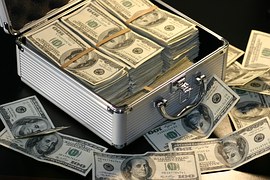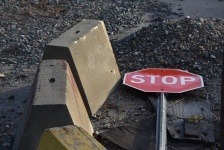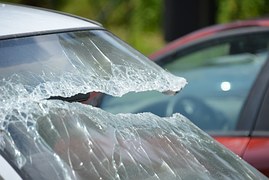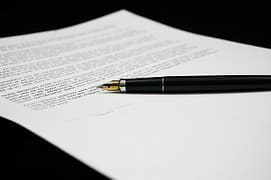Dictionary of Legal Terms For Baltimore Personal Injury Cases
DAMAGES

Damages are the method by which the law quantifies the harm that results from an act of negligence. Money is a poor substitute for the pain and loss associated with a personal injury, but it is the system of compensation that the law recognizes for those who have sustained physical harm at the hands of others. The law recognizes two forms of damage: economic damages, which are things like lost wages medical bills, and: non-economic damages which many people think of in terms of a shorthand phrase or label -pain and suffering.
LIABILITY

Liability can be thought of as responsibility for causing an accident, or doing something, or failing to do something that causes a personal injury to another. It is obviously an important concept. If an insurance claims adjuster accepts liability for a claim, that’s half the battle. The only remaining question then is what are the damages that are connected to the event? If liability is determined before a jury trial, the judge will instruct them that the only question they are to consider is that of damages.
LIABILITY INSURANCE
If liability, generally, is the responsibility for causing injury or damage to another, then liability insurance provides protection, and a source of payment, for such losses. In Maryland, automobile owners are required to carry $30,000 of bodily injury, or “BI” coverage. As they name suggests, this coverage provides payments where someone has sustained a physical or emotional personal injury as a result of a car accident. Bodily injury coverage will provide payment for things such as lost wages, medical expenses, out of pocket expenses, and also for non economic damages: pain, distress, disfigurement, suffering and anguish. As Attorney Eric T. Kirk will tell you.
NEGLIGENCE
Negligence is most commonly defined as doing something that a reasonable person in a given situation would not do, or, failing to do something that a reasonable person in a given situation would do.

The concept is that the action, or the failure to act, is conduct that creates the risk of harm to others. A classic example would perhaps be a failure to follow a rule of the road that causes an automobile accident. When that harm actually occurs, and the harm caused is a result that reasonable people could foresee, then you have a case of actionable negligence. In other words it is an event for which the injured person may file a legal claim seeking damages.
PERSONAL INJURY PROTECTION [PIP]
Unlike liability coverage, which is available to others who you may injure in a car accident you cause, personal injury protection is “first party” insurance. It covers you and occupants of your vehicle. You pay for it. It is also a ‘no-fault” benefit. The coverage is $2500 in Maryland, unless you buy more, or affirmatively decline the coverage.* Other states have different amounts. The coverage will pay your medical bills, and a portion of your lost wages, up to the applicable limit.
*The Assembly has recently enacted a change in this process. Marylanders now have the option of carrying less insurance. An insured may now reject personal injury protection altogether, under specific circumstances. See Insurance Article, Md. INSURANCE Code Ann. § 19-506.1.
SETTLEMENT
“I’m gonna make him an offer he can’t refuse.” The Godfather, Mario Puzzo, 1972.

A settlement is a voluntary negotiated resolution of a claim. In the context of a personal injury case, it is an arrangement for the injured person to accept an agreed-upon amount of money in exchange for releasing the at-fault party from any further responsibility for the loss. Settlement can occur at any time during the claims process. If there is a satisfactory negotiated agreement before the filing litigation, that is typically called a pre-suit settlement. The overwhelming majority of claims settle at some point. Even when a lawsuit is commenced. Many cases still resolve at mediation or through a pre-trial settlement conference.



